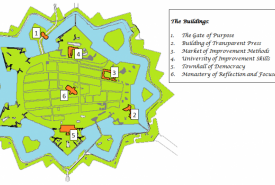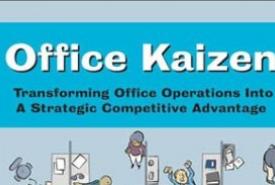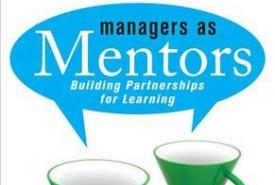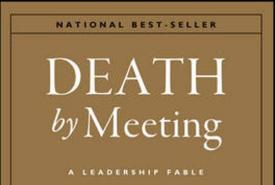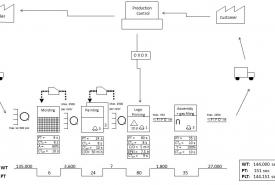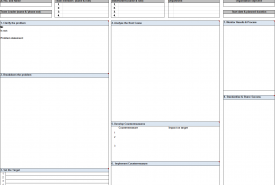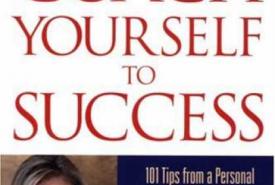The Toyota Product Development System - J.M.Morgan & J.K.Liker (summary)
In the Toyota Production Development System, James M. Morgan and Jeffrey K. Liker explain how Toyota can develop a new car in 15 months while their competition needs at least 24. From this book, we learn that Toyota does more than Lean manufacturing, they also have Lean Product Development System (LPDS). In this book, the authors describe 13 Lean development principles, divided in three categories: people, process and technology, which are necessary to be able to deliver customer value.
This article will discuss each of them shortly.



